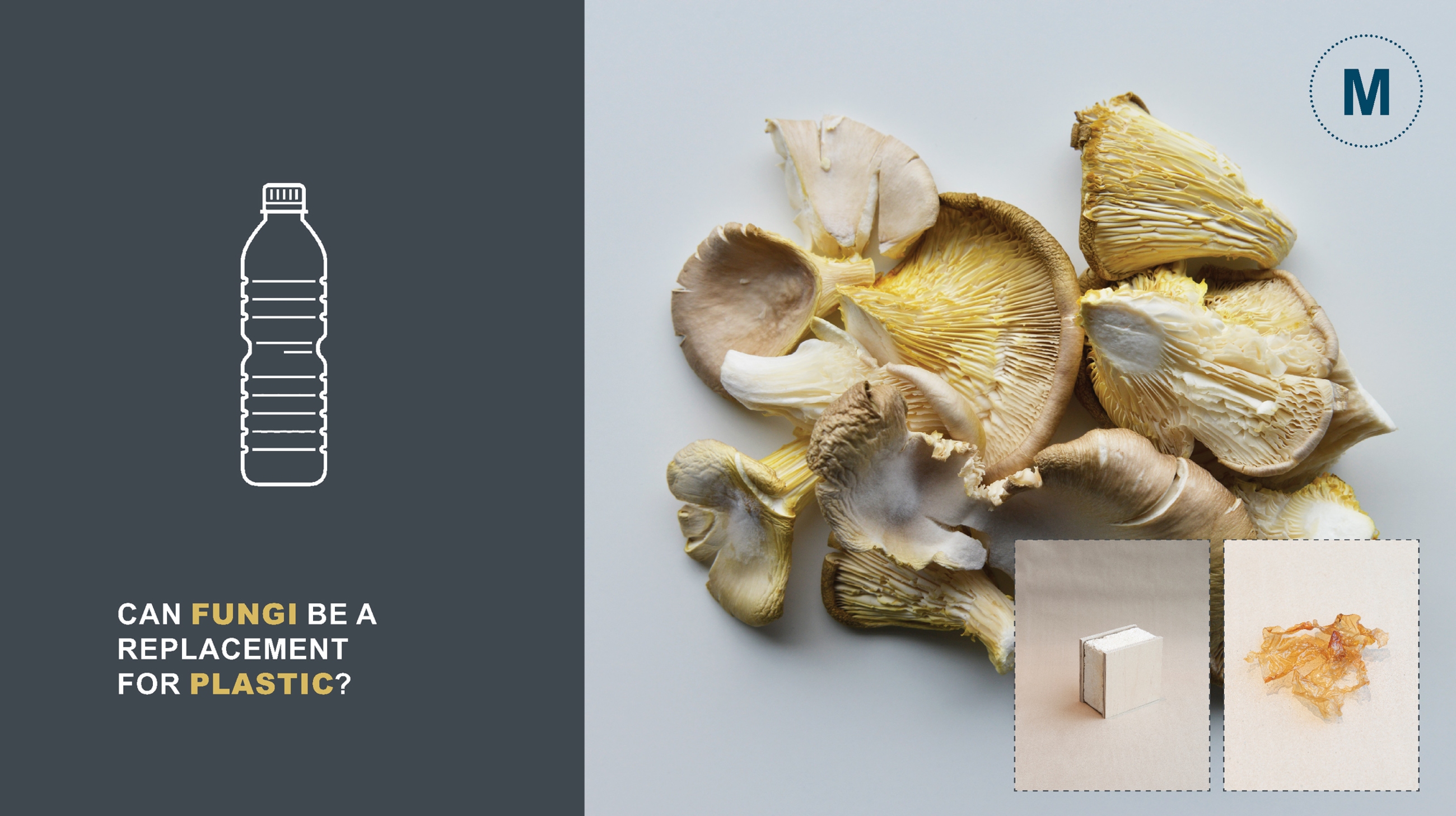
Mycopol
By Hesam Booryaei
In a transition from environmentally harmful materials to environmentally friendly alternatives, it requires both oil and oil-based products to be replaced with renewable, recyclable and biodegradable alternatives. The project compares fungi with plastics to see if fungi can be a substitute for plastics or not, and whether we will have the same problems with fungi in the future in the same way that we struggle with plastics today. In this project, two areas have been analyzed. Production of mycelium-based biocomposites and polymer production from fungi.
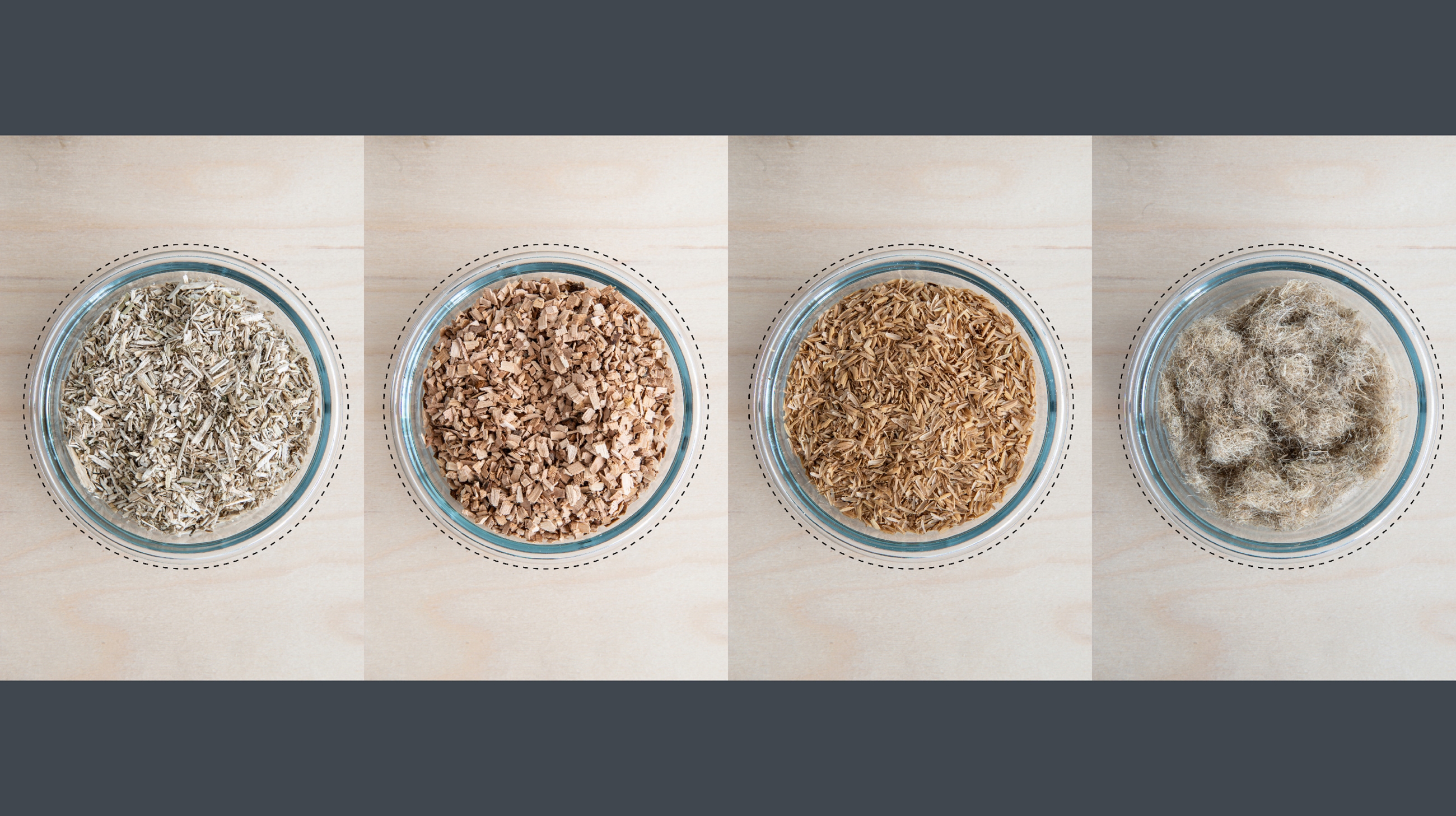
Different biomasses that have been used in the project to see how they work in relation to different types of fungi
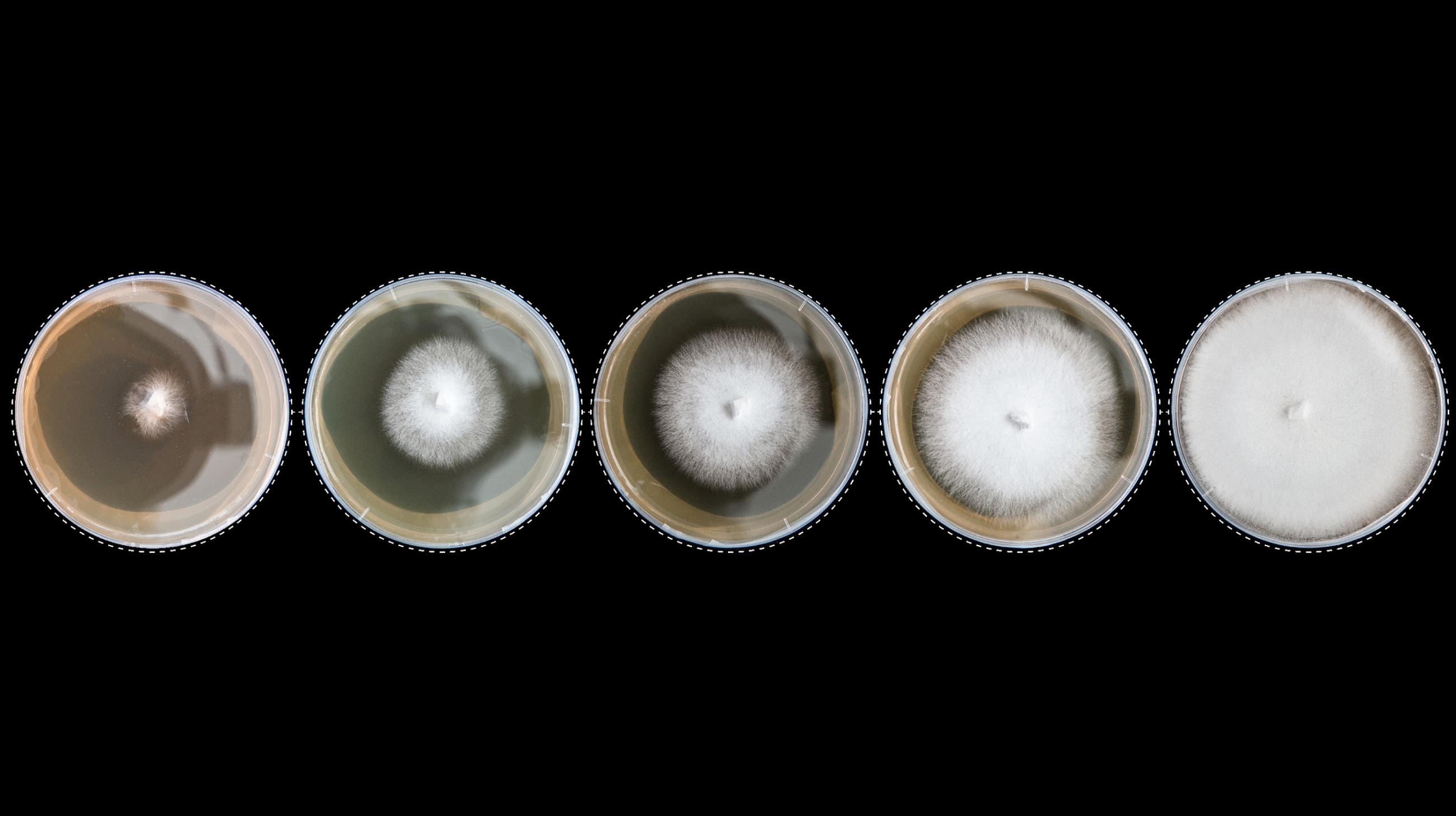
The growth of mycelium over seven days

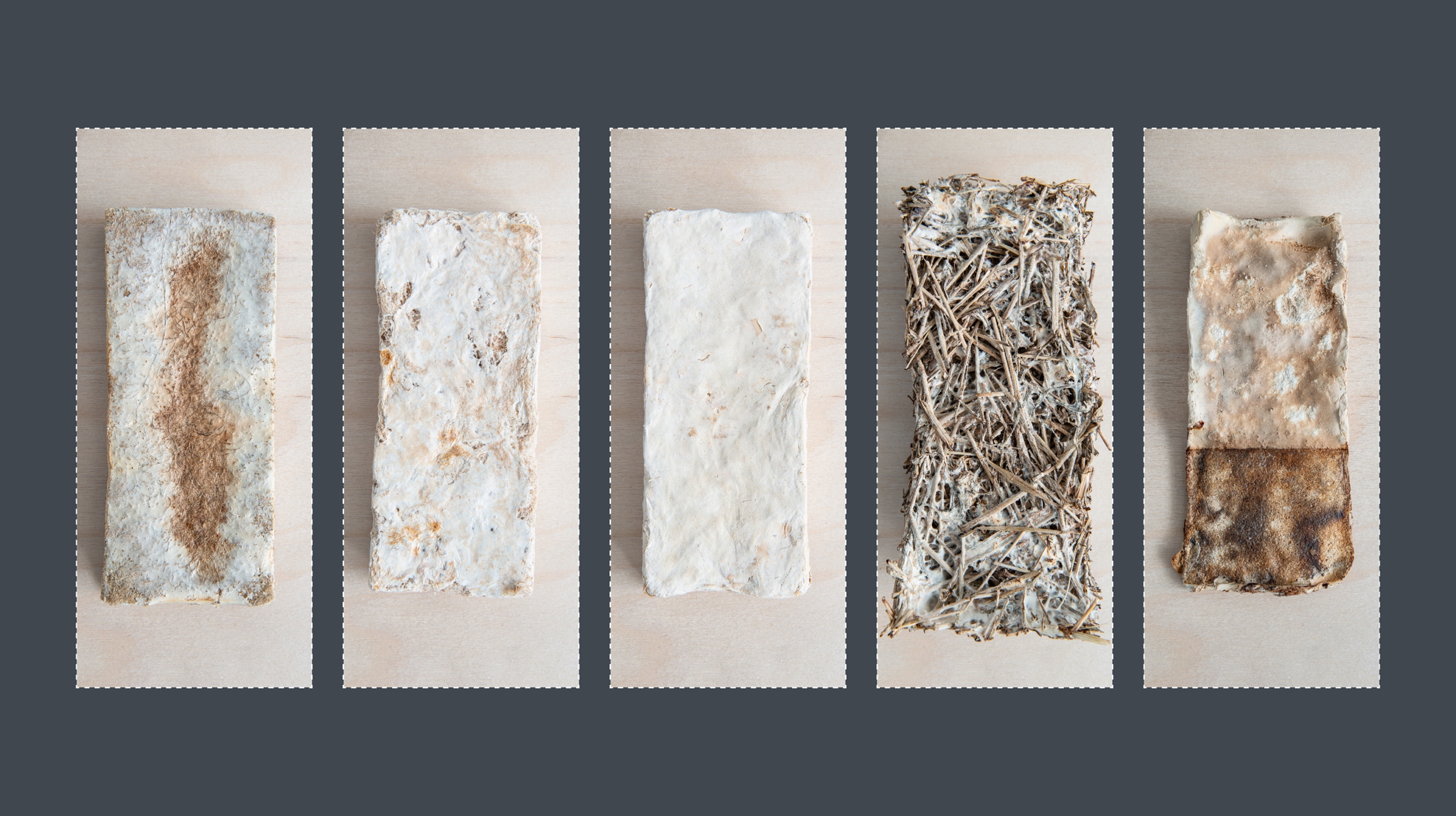
Various mycelium-based bicomposites that have been produced and tested for their properties
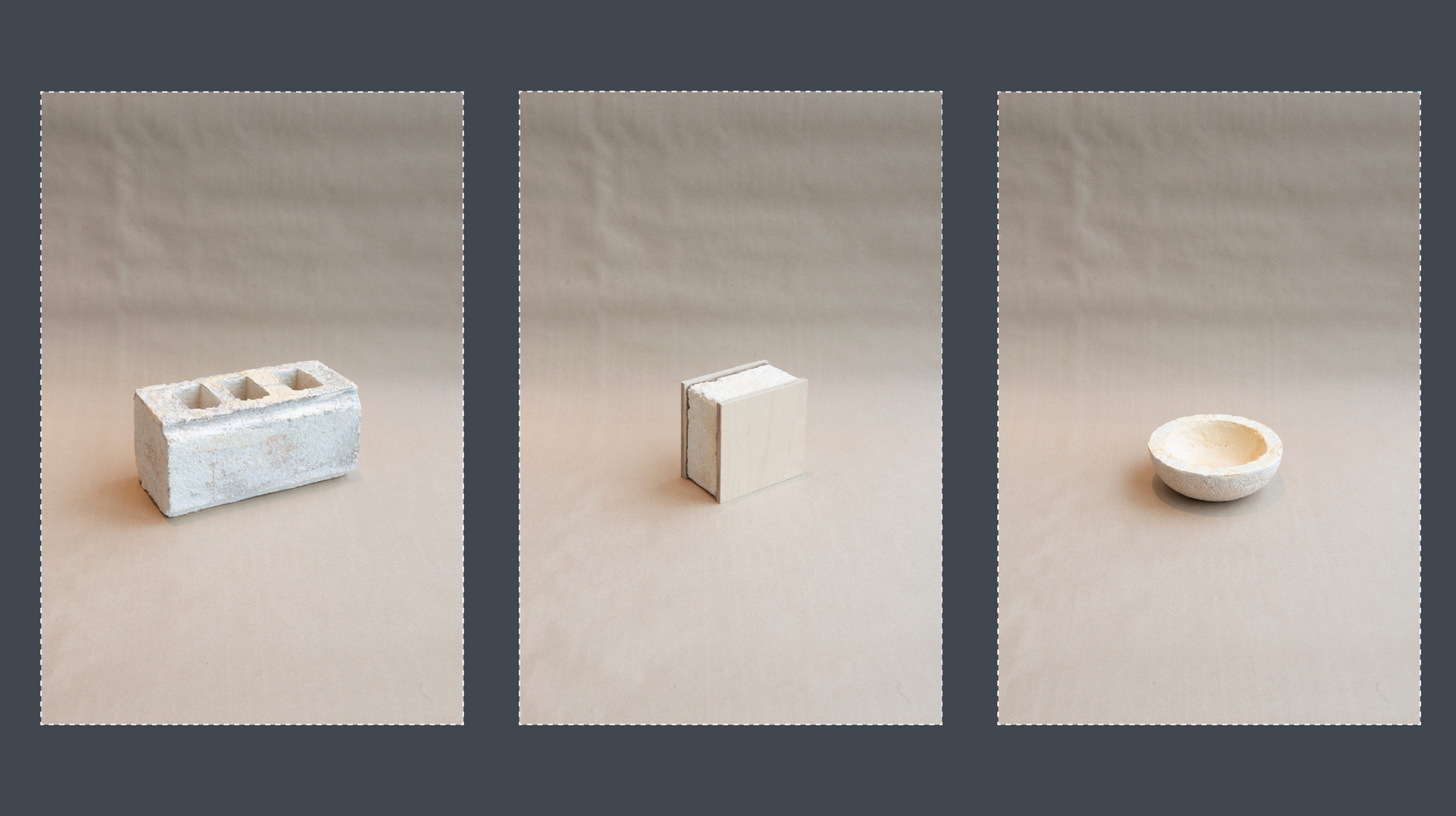
Various products that have been produced: insulation, building block and everyday objects
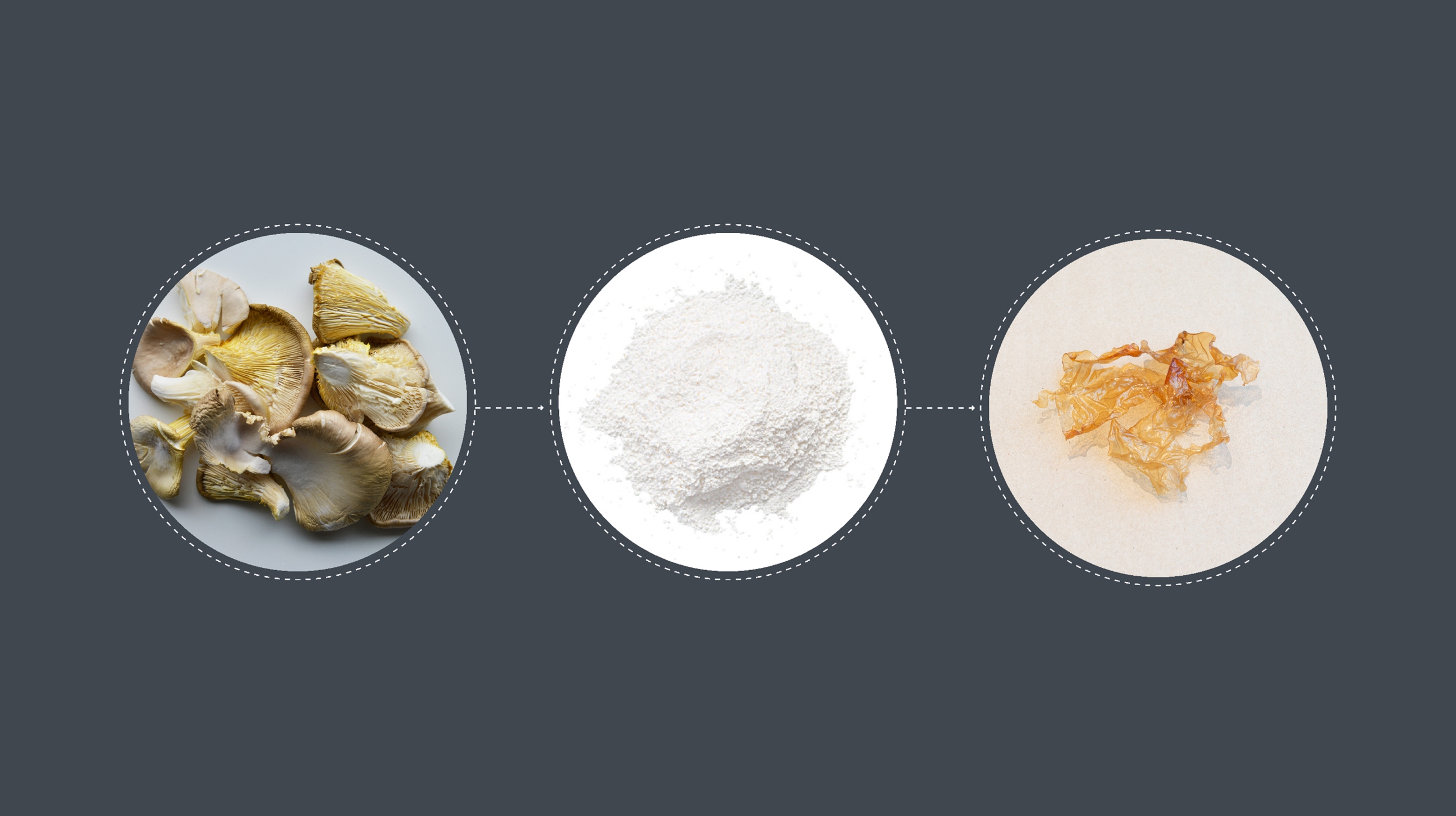
By isolating chitin and chitosan found in the fungus Pleurotus Ostreatus, we can make bioplastics

Hesam Booryaei
Hesam has previously studied architectural lighting design, which is a field of architecture, design and engineering. He values a deep understanding of nature, sustainable development and environmentally friendly solutions in the field. Therefore, he has spent a lot of time exploring nature and working interdisciplinarily with other professional groups who are experts in the field, in addition to the people who has expertise in design. His interest and curiosity in this field motivates him to carry out controversial projects and further develop today's designs for new sustainable and environmentally friendly solutions.